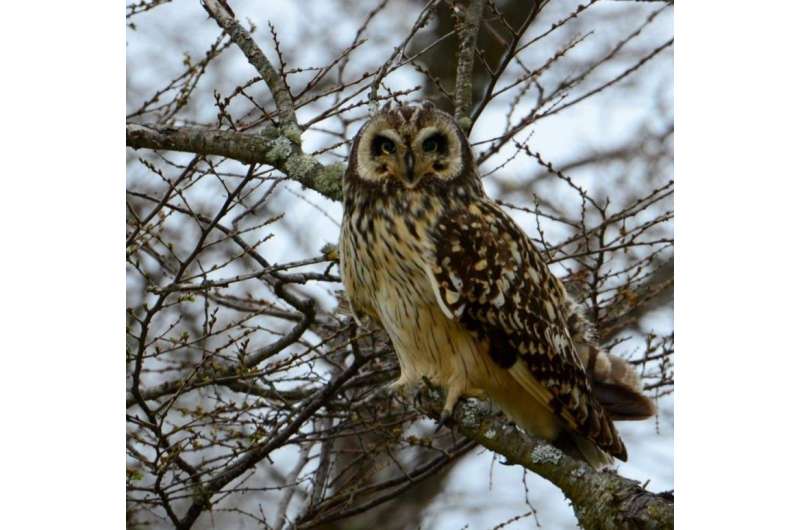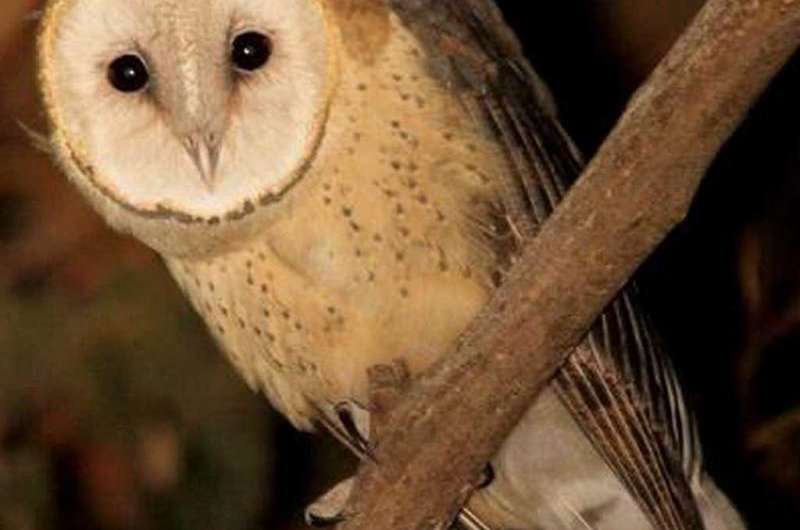The owls beyond the Andes: Divergence between distant populations suggests new species

They might be looking quite identical, while perched above humanised farmlands and grasslands across several continents, but each of the populations of two owl species, living in the opposite hemispheres, might actually turn out to be yet another kind. This suggestion has been made by Dr. Nelson Colihueque and his team from Universidad de Los Lagos, Chile, based on new genetic divergence analyses of the Common Barn and the Short-eared Owl populations from southern Chile and comparing them with those from other geographic areas. The study is published in the open-access journal ZooKeys.
Although much has been known about the two widespread owl species, the knowledge about them has so far been restricted mainly to aspects such as their diet, conservation status and habitats. On the other hand, their genetic divergence in comparison with populations in distant areas has received little attention. Moreover, their taxonomical status is still based on traditional identification rather than modern methods such as the herein utilised mitochondrial COI sequencing.
Thus, the Chilean research team concluded a significant genetic divergence among the populations of both species from a few distinctive groups. In the case of the Common Barn Owl they compared the new analysis of its South American representatives with already available such data about populations from North America, Northern Europe and Australasia. For the Short-eared Owl, they compared Chilean and Argentinean birds with North American and North Asian.
One of the reasons behind such an evolutionary divergence might be the geographic isolation, experienced by the peripheral South American populations of both owl species. It is a consequence of the Andean Mountains acting as a natural barrier.
"In the case of the Common Barn Owl, the existence of geographic barriers to gene flow among populations on different continents is to be expected, and this in combination with its non-migratory or short-distance migratory behaviour, should contribute to promote the genetic divergence," further explain the authors.

In conclusion, the researchers call for additional studies to clarify the taxonomic identification of these owl populations.
More information: Nelson Colihueque et al. Genetic divergence analysis of the Common Barn Owl Tyto alba (Scopoli, 1769) and the Short-eared Owl Asio flammeus (Pontoppidan, 1763) from southern Chile using COI sequence, ZooKeys (2015). DOI: 10.3897/zookeys.534.5953
Journal information: ZooKeys
Provided by Pensoft Publishers
















